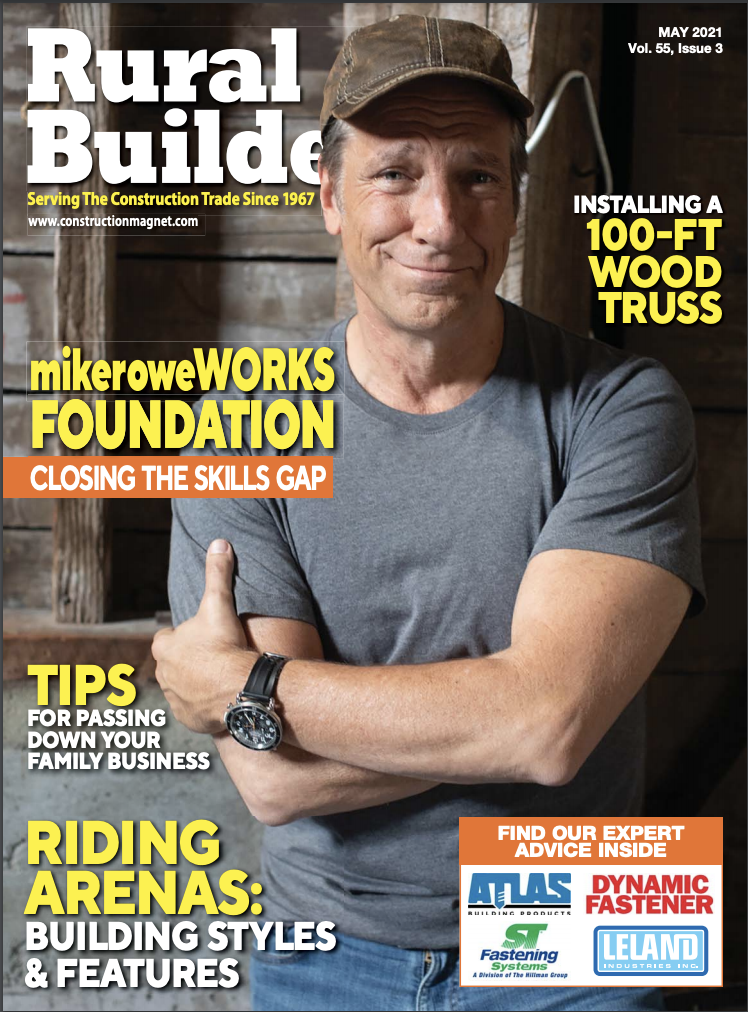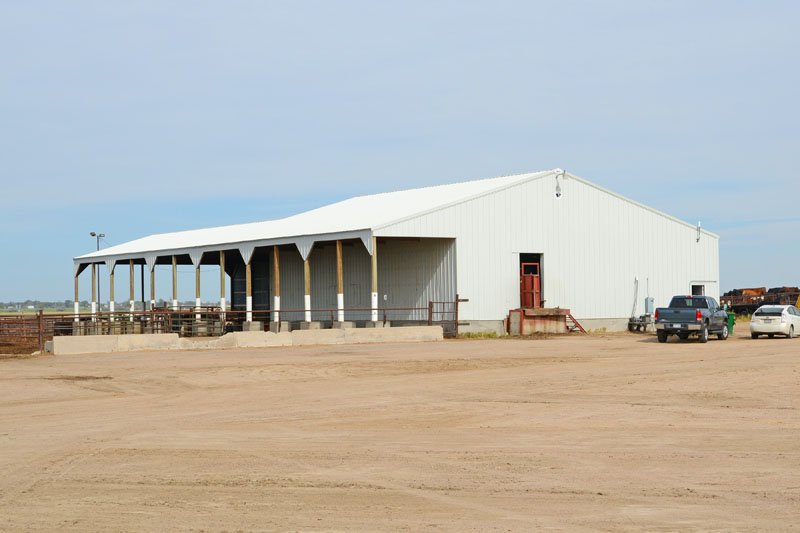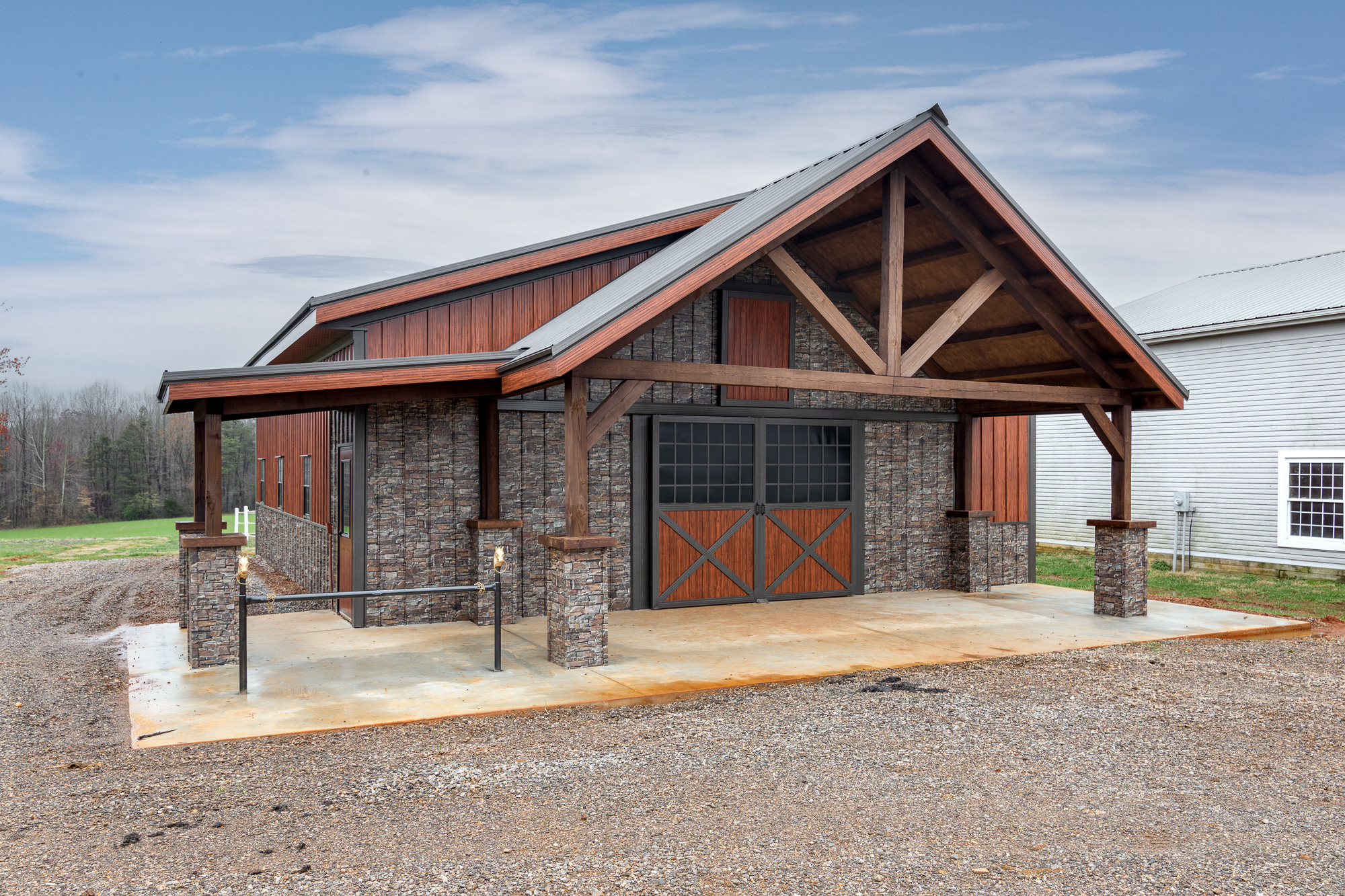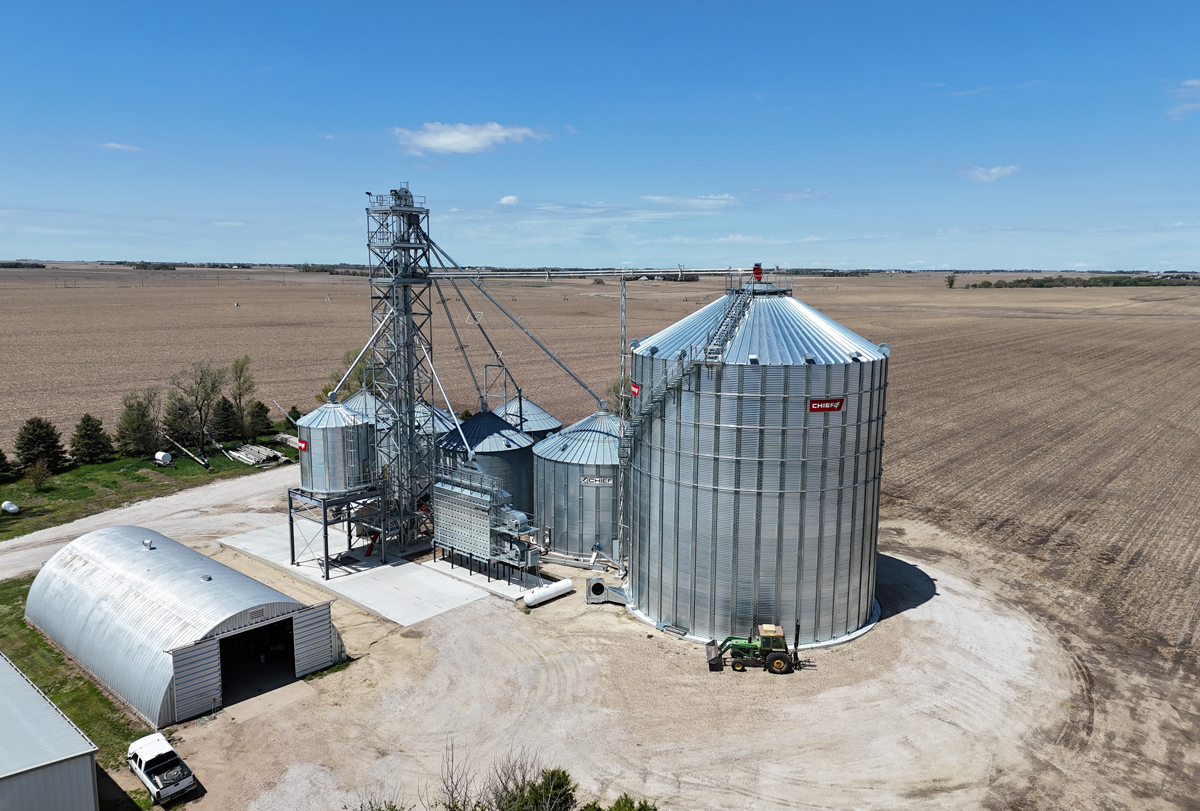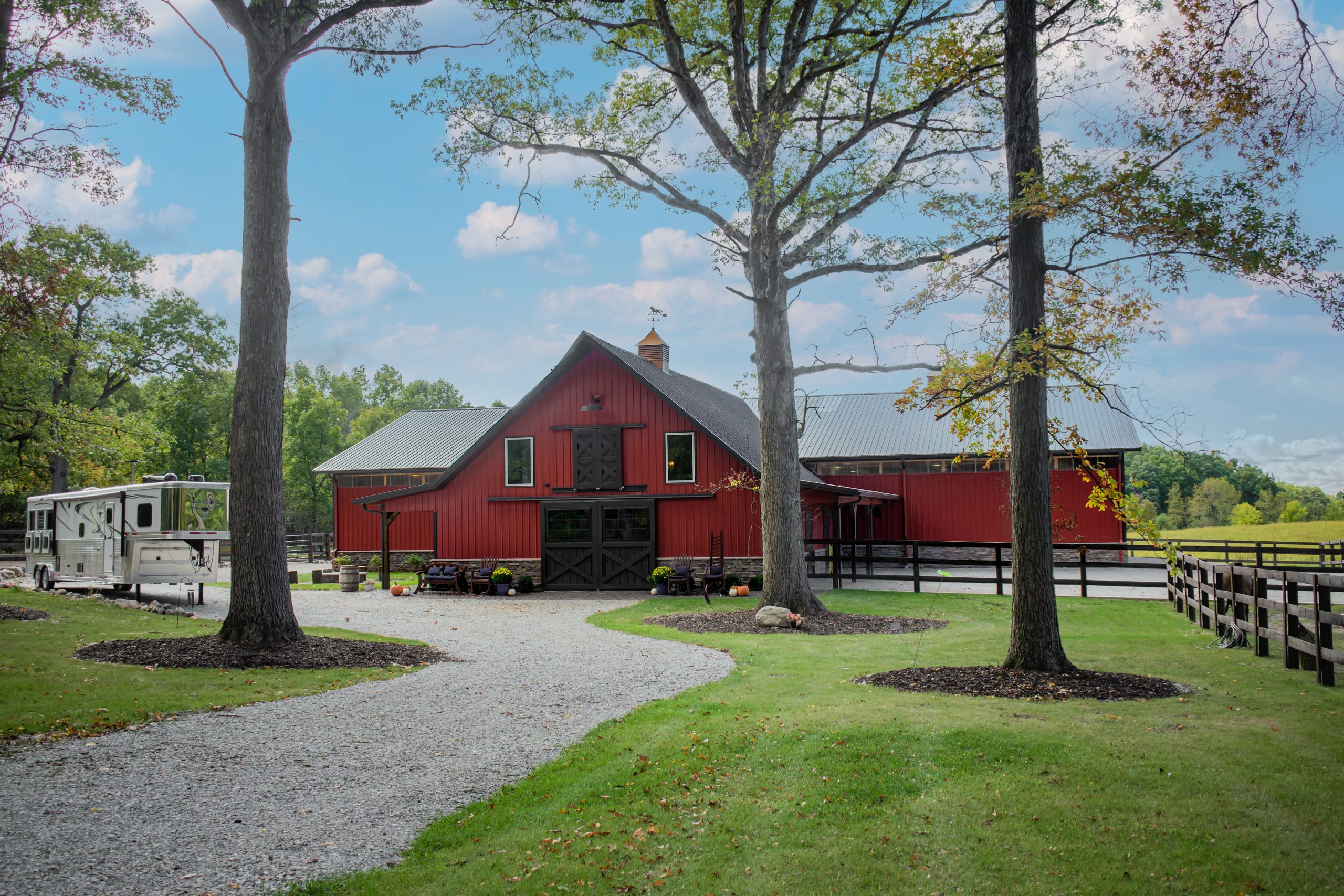By Jenn Milner
A farm is a system with many changing variables and moving parts. “There is much more to them than what you can see from the road when driving by,” says Curt Gooch, an agricultural engineer who has worked in agriculture his entire life with over 30 years of professional experience. And one of those parts that often goes unseen (if not un-smelled) is the handling of agriculture and livestock waste. “First off, manure storage systems are to provide an opportunity, so farmers don’t have to haul manure to the fields every day,” says Gooch. “If they don’t have open land to spread the manure on, they have to store it so the manure can be put down when it’s more opportune to use the nutrients.”
When you really stop to think about it, even 100 head of cattle or swine produce an immense amount of waste. Where does it go? What has to be done to protect the local environment? And possibly of most importance to builders and contractors, how will it interact with the built structures of the farm? It’s helpful to understand these issues before taking on an agricultural building project.
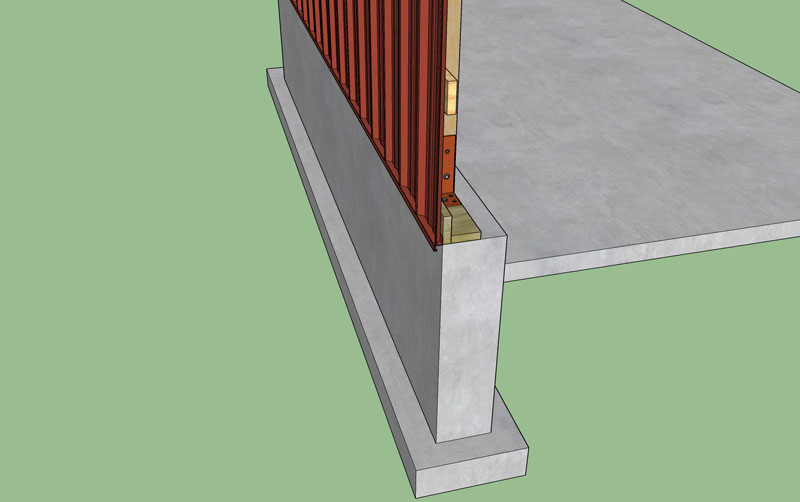
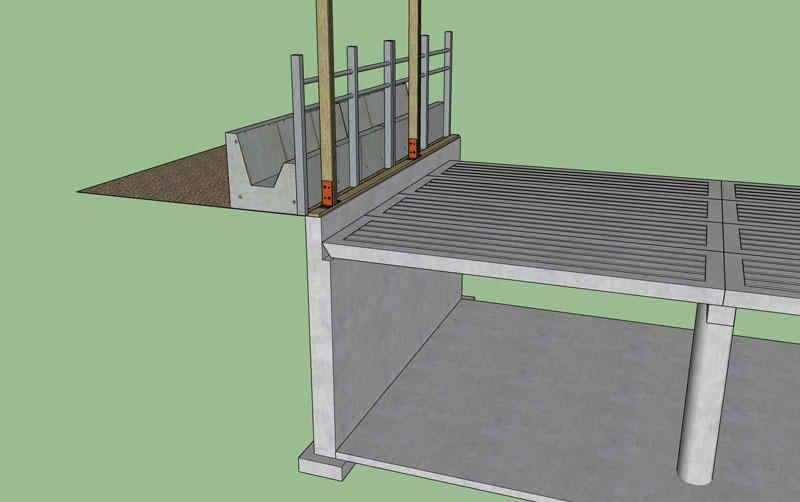
More Than Just Smelly
The corrosive nature of waste products isn’t a surprise, but do you know how exactly waste wreaks havoc? According to Gooch, it’s a combination of high-moisture content and waste byproducts like biogas. “Dairy and pig manure have a large percentage of moisture,” says Gooch. “Moisture itself can be a problem, whether it’s liquid or evaporated moisture.” Moisture from waste, moisture from weather, and moisture from animal respiration are all contributing factors to the damage seen in farm buildings.
And while the waste is kept at ground level, the effects can travel all the way up. “A lot of animal housing barns are made out of wood frames,” says Gooch. “Moisture can get trapped in the attic and that can cause structural degradation in rafters and trusses.” Proper ventilation can be just as important as choosing the right building materials.
Gasses are also problematic in waste management. “Some manure gasses can be pretty corrosive,” says Gooch. “Hydrogen sulfide comes from a certain population of anaerobic microorganisms that munch on manure solids. Ammonia gas is produced from nitrogen which is naturally occurring in manure.”
All of these corrosive materials are adding to the natural rate of decay. Ken McDonnell, founder of Post Protector, has made understanding decay one of the pillars of his business. “In the ground are microorganisms that want to feed on wood fiber. Moisture enables the microorganisms to live. Chemical protection, like in pressure-treated posts, doesn’t waterproof the wood; it’s a pesticide to keep microorganisms from eating the wood.”
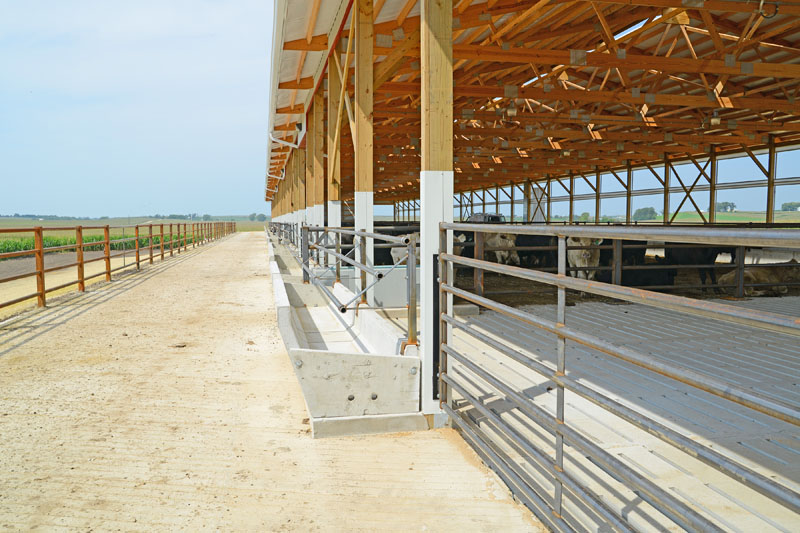
Building Solutions
So farm buildings are up against a lot of challenges. Luckily, building technology has been considering these challenges for a long time, and have come up with a variety of solutions.
McDonnell has developed a product that maintains typical post-frame foundation techniques while adding a layer of protection to the posts. “If there is animal waste around that post, it’s going to be compromised,” he says. “Post Protector is simply a physical barrier so that there isn’t direct contact.” The barrier is made from a specialty high-density polyethylene that is commonly used in landfill liners. McDonnell continues, “The material is flexible and really strong. Anything that comes in contact with the post has had zero ill effects on this material.”
Mark Stover of Perma-Column® has gone in a more heavy-duty direction: concrete. “Over 50 percent of our projects are agricultural construction,” says Stover. “Instead of putting wood in the ground that will rot, we use pre-cast concrete with steel brackets that connect to the rest of the wood frame. This eliminates the need for treated lumber in the columns.” By elevating the wood out of the ground, it’s no longer in constant contact with the microorganism-filled materials that cause decay.
Beyond the posts, waste should be taken into consideration when making other building decisions as well. In their Cattle Building Planning Guide, Wick Buildings discusses the pros and cons of solid vs. slatted flooring, trusses vs. rafters, and gables vs. monoslope. “Of all the decisions you’ll have to make with respect to your building, the floor is among the most important. It affects many aspects of the operation, from project cost to building size to cattle health to labor and bedding costs to manure management and more,” says Bret Buelo, Marketing.
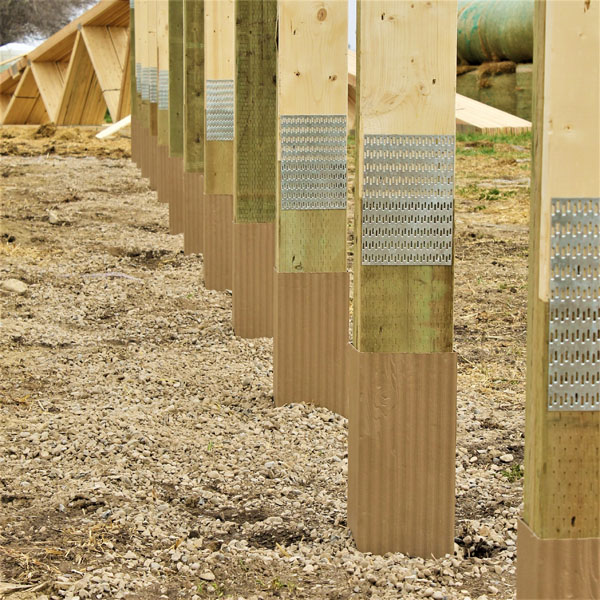
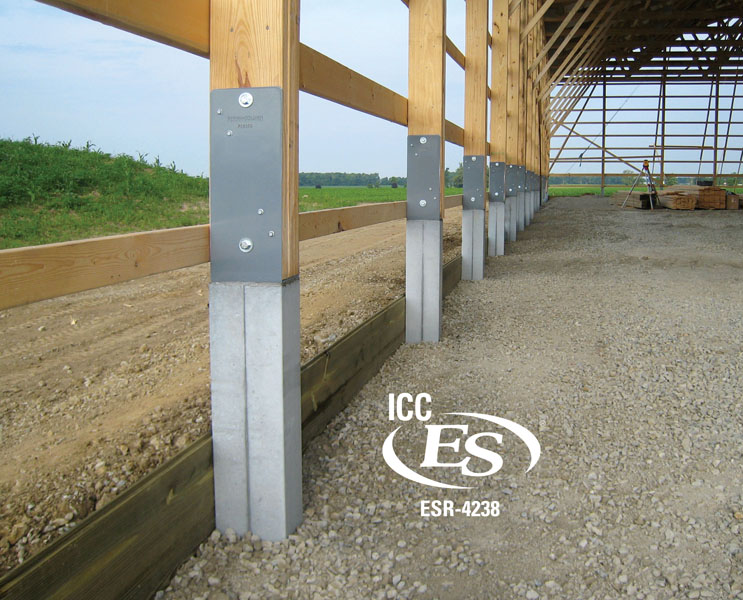
Solid floors (either concrete or dirt) can end up holding manure for months, especially in a composted pack bedding situation. “[Slat flooring] requires minimum 6-month manure storage below the building,” says Buelo. So proper, non-corrosive materials are important. “Make sure that the rebar in the concrete isn’t too close to the surface, that there is sufficient concrete protecting it,” says Gooch.
Ventilation is another crucial element when building a structure that deals with a lot of waste, not only for the building, but for the animals. “Byproduct gasses become problematic if there isn’t enough ventilation,” says Gooch. Buildings can employ natural ventilation, windows, curtains, or more mechanical systems like tunnel ventilation. “A ventilation system works at optimum performance when installed with equal amount of soffit ventilation,” says Martin Rotter of ProfileVent by Ventco. He continued, “The ventilation system allows for the flow of fresh air into and throughout the building, while allowing excess heat, moisture, and fumes and opportunity to escape.”
Environmental Concerns
Just as animal waste can damage building materials, it can harm the environment when not properly stored and managed. “Especially with COVID, environmental and food safety are more critical than ever,” says Stover. Post-frame engineers have had to look at how to build these structures with no residual runoff.”
The farming industry has been concerned with these environmental effects for many years. Agricultural building has changed to accommodate new restrictions and conservation standards. “Nitrogen and phosphorous can infiltrate into the groundwater, and leach into rivers or other water bodies causing water quality challenges,” says Gooch. Water protection from manure and related wastewater, powering farms and communities with greenhouse gasses like methane and CO2, and understanding how to best sequester carbon emissions from the air in the roots and soil of our farms are all part of the agricultural efforts to protect the environment. “The dairy industry, in spring of last year, committed to being carbon neutral or better by 2050,” says Gooch. “To accomplish that, containment of biogas from long-term manure storage plays a role.”
